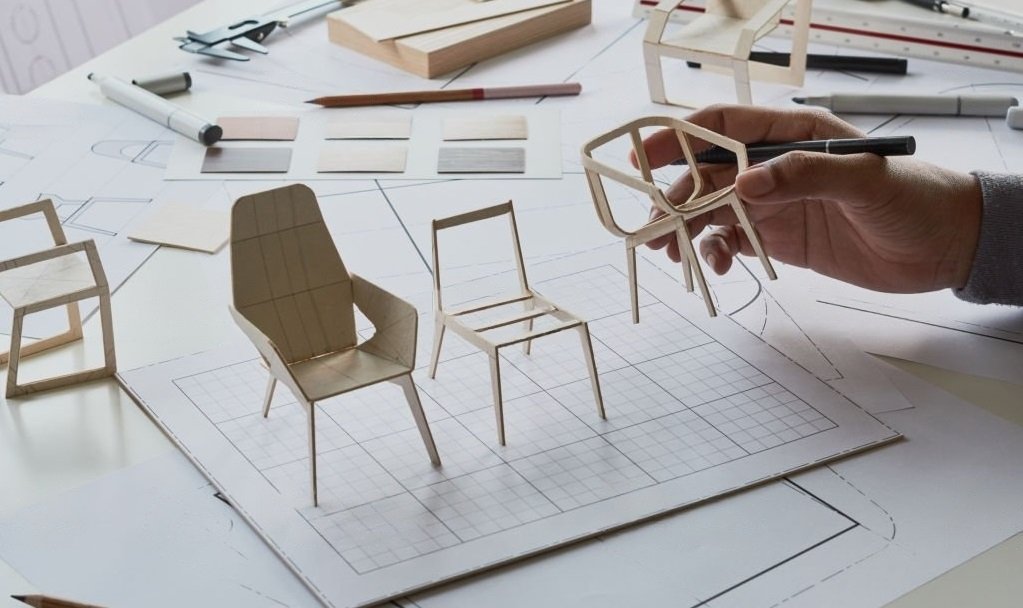In an era where customer-centricity holds the key to a successful product, understanding user behavior, preferences, and pain points is essential. Case studies can play a critical role in illuminating these areas, offering valuable insights to guide product design and influence the creation of innovative solutions.
The Impact of Real-World Scenarios in Business Education
The Power of Field Case Studies in Understanding Real-World Businesses
The Value of Case Studies in Product Design
Case studies in product design are comprehensive analyses of design processes or problems and their solutions. They can be observational or based on actual events and can provide rich data, including the designer’s decision-making process, the problem-solving approach, and the outcomes.
Case studies can showcase innovative practices in different sectors, inspiring product designers to think outside the box and approach their projects from new angles. They offer real-world examples of how other designers have solved similar problems, fueling creativity and encouraging unique solution development.
Case Studies as a Source of Inspiration and Knowledge
While theoretical knowledge is important, understanding how to apply it in practical situations is invaluable. By exploring successful product designs through case studies, one can get a feel for how theory translates into practice. It also helps to understand the constraints and limitations that may arise during the design process.
In addition, they can offer a wealth of ideas for new products. By exploring how other designers have met user needs, you can gather fresh perspectives and innovative solutions that you might not have considered otherwise.
How Published Research Transforms Technological Advancements
Case Studies: A Tool for Evaluation and Learning
Case studies allow us to evaluate the effectiveness of different design strategies in real-world contexts. They offer opportunities to analyze what worked, what didn’t, and why. This reflective practice helps designers learn from past successes and failures, promoting continuous learning and improvement.
Moreover, they can be a valuable tool for teaching and training new designers. By examining real-life examples, aspiring designers can learn to think critically about product design, understand the nuances of user interactions, and gain a realistic view of the design process.
In conclusion, case studies play an indispensable role in product design. They not only inspire and inform but also help designers hone their skills, making them a valuable tool in the creation of innovative and effective products.
Visit The Case HQ for 95+ courses
Read More:
How to Use Case Studies to Enhance Your Classroom Teaching Experience
Case Studies vs. White Papers: What’s the Difference and When to Use Each?
How Published Research Transforms Technological Advancements
Unraveling the Mystery of Case Studies in Psychology
The Role of Case Studies in Environmental Impact Assessments
Why Research Publications are Critical in Understanding Global Health Trends
Exploring the Real-World Impact of Case Studies in Urban Planning
Breaking Down a Case Study: An Interactive Walkthrough
How to Cite Case Studies and Research Publications in Your Work



Responses